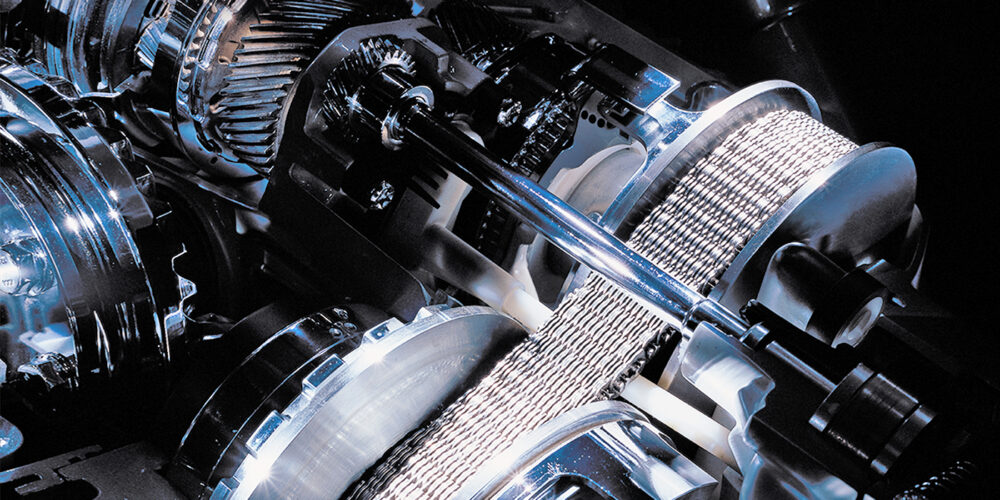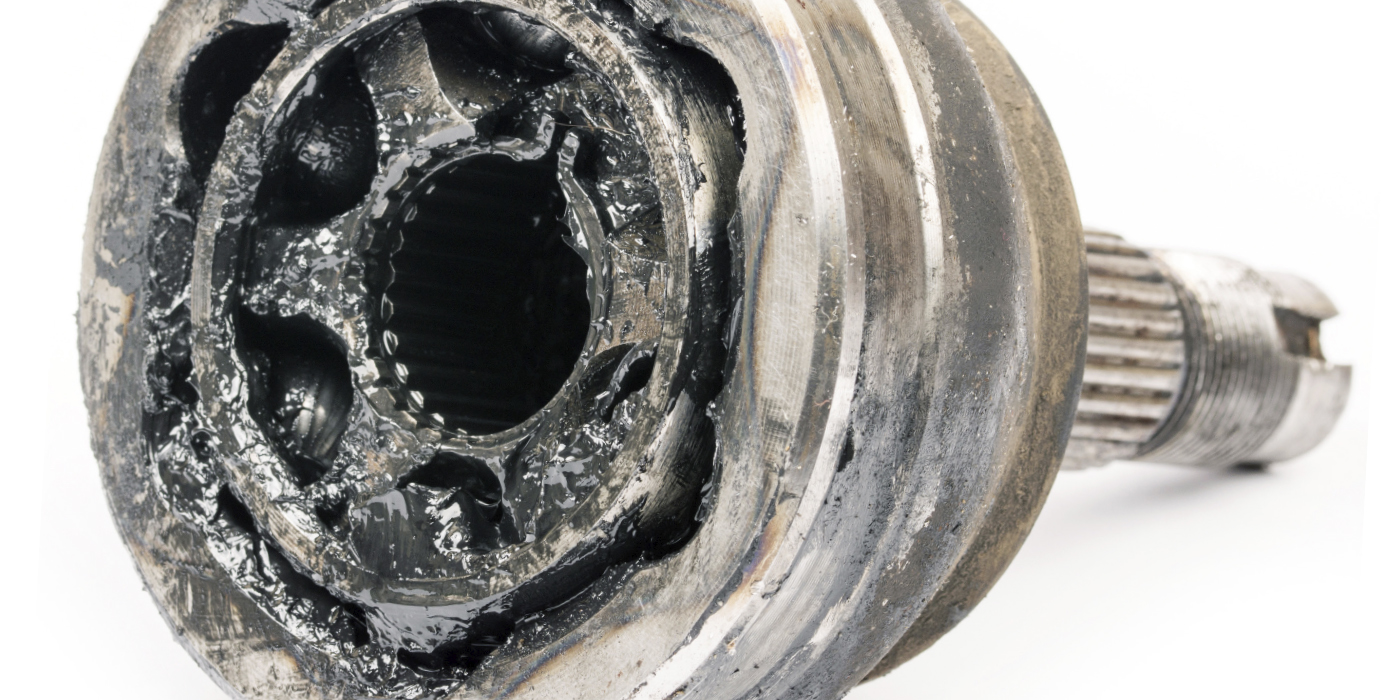cuits can be a non-current-limiting design, which creates a pointed current ramp waveform. The ICM or PCM primary circuits can also be a current-limiting design that creates a “flat-top” waveform indicating that the primary current is being limited to predetermined values. See Photo 5.

Access to the primary circuit can most often be obtained through the “ignition” fuse in the vehicle fuse box or directly at the primary ignition wiring harness leading to the ignition coils. In many cases, all of the system’s ignition coils are powered by a single wire, which simplifies attaching an inductive current probe. In COP ignitions with no other access, a set of jumper wires can be used to attach an inductive current probe. See Photo 6.

If the coil driver in the PCM is ruined or if an ICM fails, it’s always good procedure to check the current ramp on the ignition coil. Remember that most ignition coils shouldn’t draw more than eight amperes. If in doubt, compare amperage draw with a similar known-good system. If a coil is drawing excessive amperage, the primary circuit might be shorted which, in turn, might ruin the new PCM or ICM. If you’re in doubt about the integrity of any ignition coil, it’s better to replace with new than to risk a costly comeback.













